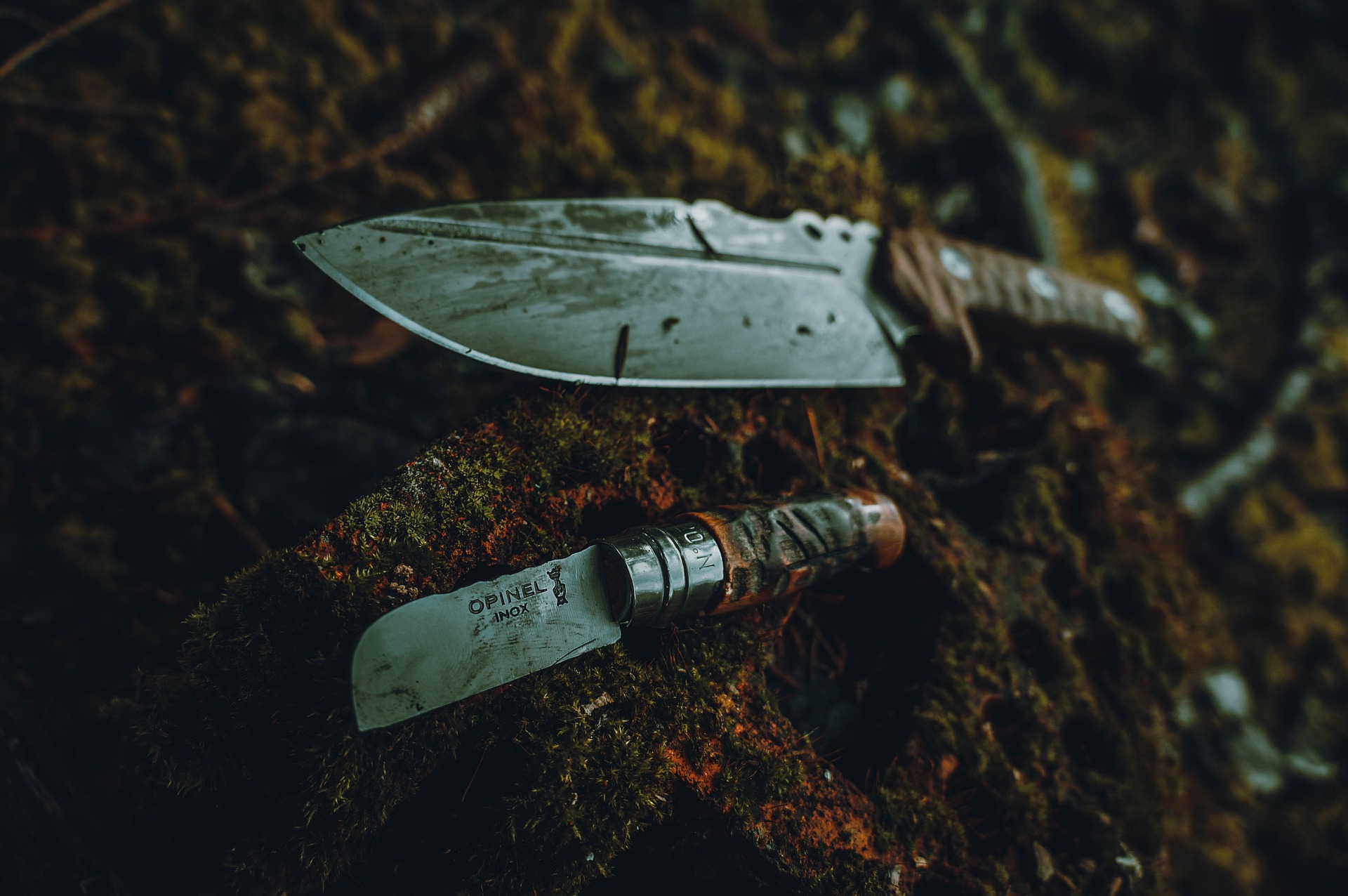A knife is one of the most important pieces of equipment for every survival, bushcraft or outdoor enthusiast. Without it, it is difficult to cope with many daily activities, such as preparing meals, lighting a fire or building a shelter. In this article you will learn how to choose the right survival knife, what to look for when buying and what are the most popular models on the market.
Features of a good survival knife
When choosing a survival knife, it is worth paying attention to several key features that will affect its usability, durability and comfort of use. Here are the most important of them:
- Steel: A good survival knife should be made of high quality stainless or carbon steel. Stainless steel is corrosion resistant and easier to maintain, but can be less durable than carbon steel. Carbon steel is harder and holds the blade better, but requires more care to avoid rusting.
- Blade: The blade of a survival knife should be thick and durable to handle heavy work such as chopping branches or making cuts in wood. The width of the blade should be within 3-6 mm, and the length – 10-15 cm. It is also important that the knife has a flat grind that makes it easier to sharpen and allows for more precise cuts.
- Handle: The handle of the knife should be made of a durable and weather-resistant material such as G-10, Micarta or plastic. It is important that the handle is comfortable and fits well in the hand, as well as having protection against slipping of the hand onto the blade.
- Scabbard: A well-chosen sheath is also an important element of a survival knife. It should be made of a durable material, such as nylon or leather, and allow for easy and quick removal of the knife. In addition, it is worth paying attention to the system of attaching the sheath to the belt or backpack.
The most popular models of survival knives
There are various models of survival knives available on the market, which are highly appreciated by outdoor enthusiasts. Here are a few of them:
- Mora Companion: This Swedish knife is appreciated for its simplicity, durability and ease of use. Made of high-quality Sandvik 12C27 stainless steel, it has a comfortable rubber-grip handle and a sturdy sheath with a belt clip.
- ESEE 4: The American company ESEE offers knives of high quality and durability, and the Model 4 is one of their most popular products. Made of American 1095 carbon steel, it has a durable 4.8 mm thick, 11.4 cm long blade and a Micarta handle.
- Gerber StrongArm: This knife was designed with soldiers and survival enthusiasts in mind. Made of American 420HC stainless steel, it has a diamond pattern on the handle that ensures a secure grip, and an innovative scabbard attachment system.
- Ka-Bar Becker BK2: This powerful knife with a thick blade (6.35 mm) and a length of 14 cm is suitable for heavy duty work in the field. Made of American 1095 Cro-Van carbon steel, it has a Grivory plastic handle and a nylon sheath.
FAQ
The choice of blade depends on individual preferences and needs. Stainless steel is corrosion resistant and easier to maintain, but can be less durable than carbon steel. Carbon steel is harder and holds its edge better, but requires more care to avoid rusting.
The high price of a knife often goes hand in hand with better quality materials and workmanship, which translates into greater durability and better usability. If you plan to use the knife often in difficult conditions, it is worth investing in a more expensive model. However, if you use the knife occasionally, a cheaper knife may be sufficient.
A survival knife is primarily intended for cutting, chopping and making incisions. However, it will not replace other tools, such as a saw, screwdriver or tweezers. So, in addition to a survival knife, it is worth getting a multi-tool that will facilitate field work.
In order for a survival knife to serve as long as possible, it is worth taking care of its blade, handle and scabbard. Sharpen the blade regularly, clean the knife from plant and animal remains and protect it from moisture. In the case of carbon steel knives, it is worth additionally using an anti-corrosion agent that protects the blade from rusting.

